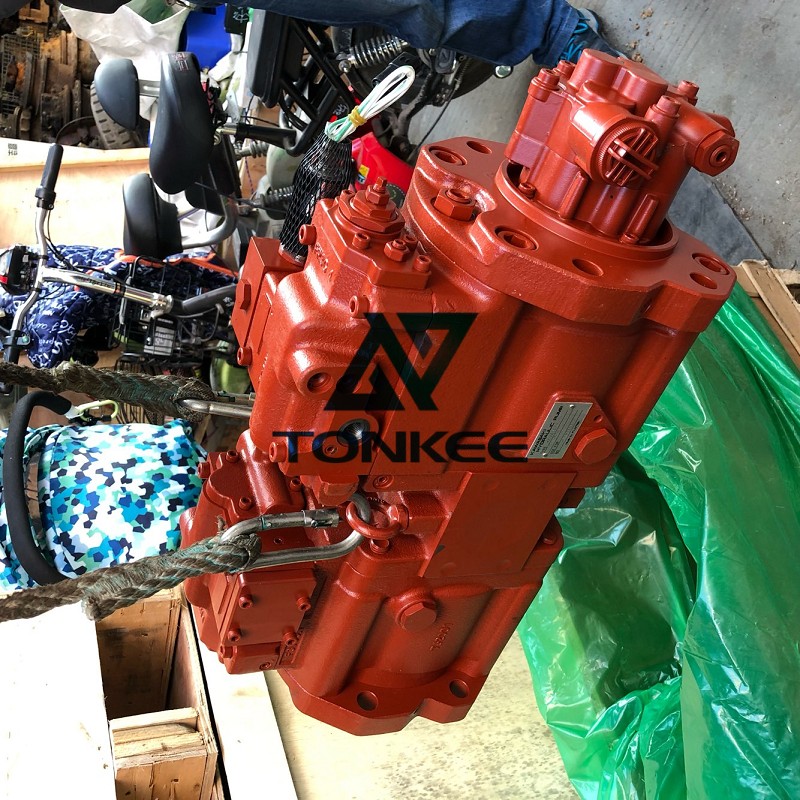
Piston pumps consist of a cylinder and a piston that moves back and forth within the cylinder.
As the piston moves, it creates a pressure difference that draws in and expels the fluid. There are two main types of piston pumps: axial piston pumps and radial piston pumps. Axial piston pumps have pistons that move parallel to the pump's drive shaft, while radial piston pumps have pistons arranged radially around a central shaft.
Working Fluid Compatibility:
Piston pumps can handle a variety of fluids, from low-viscosity liquids like water to high-viscosity materials such as oil and hydraulic fluids. They are often used in hydraulic systems, chemical processing, and other applications where fluid compatibility is crucial.
Pressure and Flow Rate:
Piston pumps are capable of generating high pressures, making them suitable for applications requiring high-pressure output. The flow rate is determined by the pump's size and design, and it can range from a few gallons per minute to hundreds of gallons per minute, depending on the specific model.
Efficiency:
Piston pumps are known for their high efficiency due to their positive displacement mechanism.
This means they provide a consistent flow rate regardless of changes in pressure or viscosity. However, efficiency may vary between axial and radial piston pumps and can be affected by factors like wear and maintenance.
Controllability:
Piston pumps are highly controllable, and their output can be easily adjusted to meet specific system requirements. This controllability is especially important in applications like hydraulic systems where precise control of pressure and flow rate is essential.
Maintenance and Durability:
Regular maintenance is required to ensure the longevity of piston pumps. Proper lubrication and seal replacement are crucial to prevent wear and leakage. These pumps are known for their durability when well-maintained.
Noise and Vibration:
Piston pumps can generate significant noise and vibration, especially at high pressures and flow rates. This may require additional measures such as dampening systems in some applications.
Size and Portability:
The size and weight of piston pumps can vary depending on the application. Some models are relatively compact and portable, while others are large and stationary.



 English
English Русский язык
Русский язык




